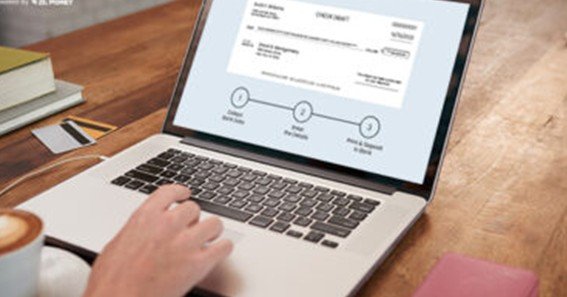When examining a check, you might notice a series of numbers at the bottom, often referred to as tech numbers. These numbers are part of the Magnetic Ink Character Recognition (MICR) line, a critical component in the banking industry that ensures the secure and efficient processing of checks.
What Are Tech Numbers on Checks?
The term “tech numbers” colloquially refers to the MICR line found at the bottom of checks. This line comprises three sets of numbers:
-
Routing Number: A nine-digit code identifying the financial institution.
-
Account Number: The unique number assigned to your account by the bank.
-
Check Number: A sequential number helping you keep track of your checks.
These numbers are printed using magnetic ink and a special font, allowing machines to read them quickly and accurately, even if the check is smudged or marked.
Purpose and Importance of Tech Numbers
The inclusion of tech numbers on checks serves several vital functions:
-
Automated Processing: The MICR line enables high-speed sorting and processing of checks by machines, reducing manual errors and speeding up transactions.
-
Security: Magnetic ink and unique fonts make it difficult to alter or forge checks, enhancing security against fraud.
-
Routing Accuracy: The routing number ensures that the check reaches the correct financial institution for processing.
-
Account Identification: The account number directs the bank to withdraw funds from the correct account.
-
Transaction Tracking: The check number helps both the issuer and the bank keep track of individual transactions.
This system, developed in the 1950s, remains a cornerstone of check processing due to its reliability and efficiency.
Frequently Asked Questions
Q1: What is the MICR line on a check?
A1: The MICR line is a series of numbers at the bottom of a check, including the routing number, account number, and check number, printed in magnetic ink for machine readability.
Q2: Why is magnetic ink used for printing these numbers?
A2: Magnetic ink allows machines to read the numbers accurately, even if the check has marks or smudges, ensuring secure and efficient processing.
Q3: Can someone misuse the information in the MICR line?
A3: While the information is sensitive, banks have security measures in place. It’s essential to keep your checks secure and monitor your account for unauthorized transactions.
Q4: Are MICR lines used only in the United States?
A4: No, MICR technology is used worldwide, though the specific formats and standards may vary by country.
Q5: What happens if the MICR line is damaged?
A5: If the MICR line is unreadable, banks may use the fractional routing number or process the check manually, which can delay the transaction.










